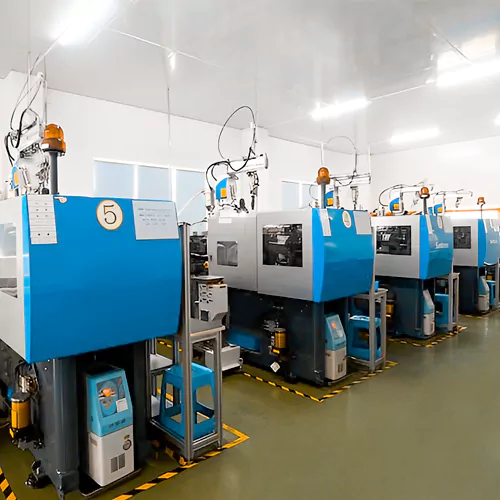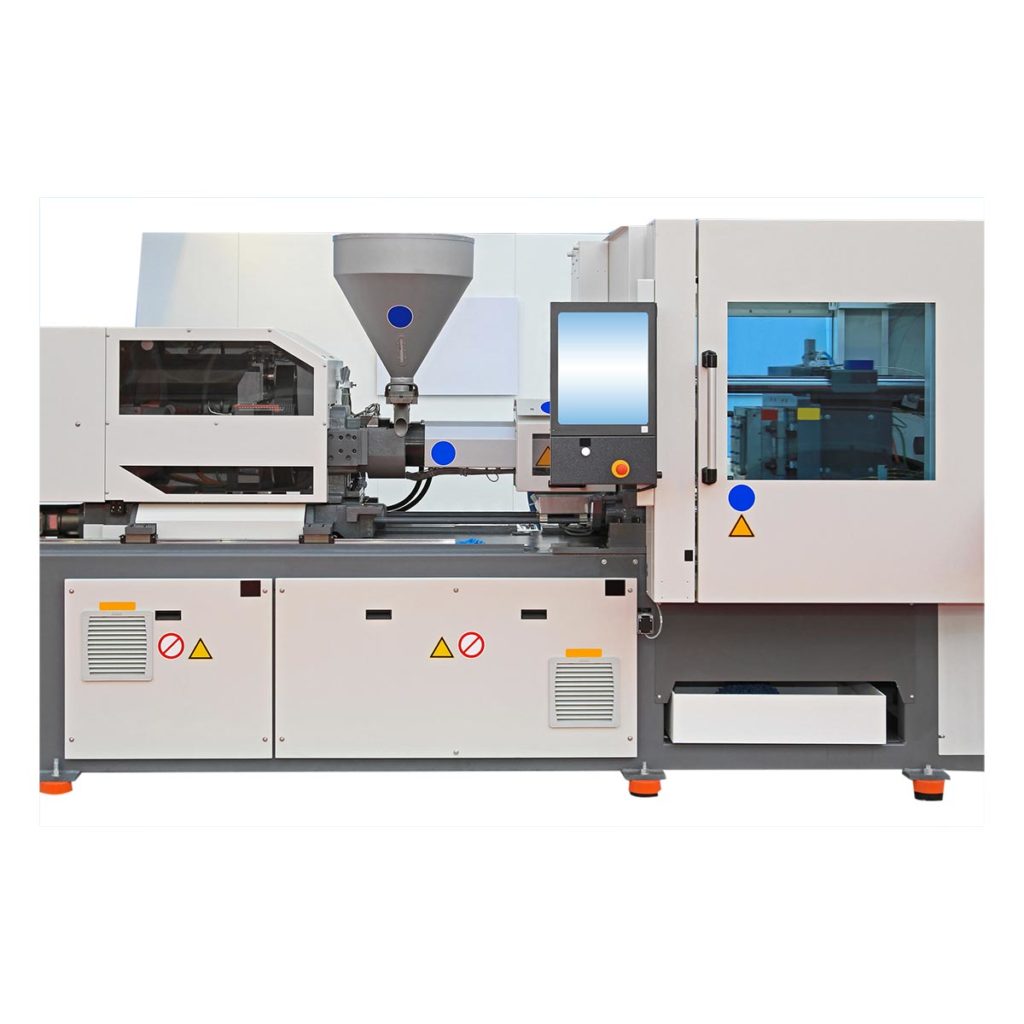Recognizing the Plastic Injection Molding Process for High-Quality Production
Recognizing the Plastic Injection Molding Process for High-Quality Production
Blog Article
Understanding the Fundamentals of Plastic Shot Molding Processes
Plastic shot molding offers as a cornerstone of contemporary production, providing a methodical technique to generating complex elements with accuracy. This procedure not just includes the fundamental actions of melting and infusing materials right into molds however additionally entails a nuanced understanding of numerous affecting aspects, such as temperature level and pressure. As industries progressively require performance and top quality, the intricacies of this approach end up being a lot more essential. Exploring these important aspects might expose exactly how even minor modifications can cause considerable enhancements in manufacturing results, questioning regarding the potential for innovation in this established process.
What Is Plastic Shot Molding?
Plastic shot molding is an extensively made use of manufacturing procedure that transforms thermosetting and thermoplastic products right into accurate and intricate shapes. This strategy is favored for its capability to generate high volumes of similar get rid of phenomenal accuracy, making it an indispensable technique in numerous industries, including auto, consumer products, and clinical tools.
The process includes thawing the chosen plastic material and injecting it right into a mold and mildew under high pressure. The mold, created to the specifications of the desired part, permits the molten plastic to form as it strengthens and cools down. When the product has set, the mold and mildew is opened, and the completed part is expelled.
Plastic shot molding offers a number of advantages, consisting of lowered waste, consistency in production, and the capability to integrate complex layouts that might be testing with various other making approaches. Additionally, it supports a broad range of materials, each offering distinct residential or commercial properties that can be tailored for particular applications. As industries remain to innovate, plastic shot molding continues to be at the forefront, allowing the advancement of sophisticated products that meet evolving customer needs.
The Shot Molding Process
The injection molding process is a sophisticated strategy that entails numerous crucial stages to produce top quality plastic elements. Initially, plastic pellets are fed right into a warmed barrel where they are merged a thick fluid. This molten plastic is after that infused under high stress into a precision-engineered mold, which forms the product into the desired kind.
Once the mold is loaded, the plastic is enabled to cool and solidify, taking the form of the mold and mildew tooth cavity. Cooling time is crucial, as it influences the cycle time and the last residential properties of the molded component. After adequate cooling, the mold and mildew opens, and the ended up element is expelled utilizing ejector pins.

Materials Used in Injection Molding
Various materials can be made use of in the shot molding procedure, each offering one-of-a-kind properties that accommodate specific applications. The most commonly made use of products include thermoplastics, thermosetting plastics, and elastomers.

Thermosetting plastics, like epoxy and phenolic resins, go through a chemical adjustment during the treating procedure, resulting in a stiff, stringent structure. These materials are suitable for applications requiring high warm resistance and architectural honesty, typically made use of in vehicle parts and electrical insulators.
Elastomers, including silicone and rubber-based products, provide adaptability and strength. Their distinct properties make them appropriate for applications that require flexibility, such as gaskets and seals.
In addition, specialty materials like bio-based plastics and composites are acquiring traction for their environmental advantages and improved efficiency features, widening the extent go to these guys of shot molding applications in numerous sectors. Understanding the homes of these materials is vital for choosing the proper kind for certain tasks.
Benefits of Injection Molding
Injection molding stands apart as a highly efficient manufacturing procedure that supplies countless benefits for creating complex parts with precision. Among one of the most considerable benefits is the ability to develop detailed styles that would be difficult or difficult to achieve with other approaches (Plastic Injection Molding). The process permits tight tolerances and thorough functions, making certain high-quality components
Furthermore, injection molding is recognized for its quick production capabilities, making it an excellent selection for high-volume manufacturing. As soon as the mold and mildew is created, components can be created quickly, lowering lead times and increasing total productivity. This performance not only decreases manufacturing expenses but additionally offers an affordable edge on the market.
The convenience of materials made use of in injection molding better improves its allure. A vast array of thermoplastics and thermosetting polymers can be employed, permitting manufacturers to choose materials that finest fulfill their particular needs, including warmth, toughness, and flexibility resistance.
Furthermore, the procedure minimizes waste, as excess material can frequently be recycled and recycled. This sustainability facet adds to a decreased ecological impact, making injection molding an accountable production selection. Overall, the advantages of injection molding make it a favored approach for many industries.
Aspects Influencing Item Quality
While numerous elements can influence product high quality in shot molding, recognizing these components is crucial for achieving ideal results. Secret elements include material choice, processing parameters, and mold design.
Material selection plays a vital role, as different polymers exhibit unique properties that affect flowability, stamina, and thermal stability. Inadequate product selection can bring about issues such as bending or insufficient filling.
Processing parameters, consisting of pressure, temperature, and cycle time, must be thoroughly controlled. Variants in these settings can cause inconsistencies partially measurements and surface coating. For example, excessively heats might trigger degradation of the polymer, while poor stress can result in brief shots.
Mold layout is similarly important, as it establishes the flow of the molten plastic and the cooling procedure. Improperly designed mold and mildews may cause uneven air conditioning rates, causing dimensional inaccuracies and recurring tensions.

Verdict
To conclude, plastic injection molding works as a critical production procedure that allows the efficient manufacturing of top quality parts. Mastery of the shot molding procedure, including the understanding of materials and the influence of numerous elements on product quality, is important for attaining ideal results. The advantages of this technique, such as cost-effectiveness and design adaptability, more underscore its importance across several industries, strengthening its condition as a preferred choice for high-volume manufacturing.
Plastic shot molding offers as a keystone of contemporary production, providing a methodical method to producing complex parts with accuracy.Plastic shot molding supplies numerous advantages, consisting of lowered waste, consistency in manufacturing, and the ability to incorporate complex styles that may be testing with various other producing approaches (Plastic Injection Molding). As markets continue to introduce, plastic injection molding stays at the forefront, allowing the advancement of advanced products that fulfill evolving customer demands
The shot molding procedure is an innovative technique that involves a number of crucial stages to produce high-quality plastic elements.In verdict, plastic injection molding serves as an important manufacturing process that enables other the effective production of top quality components.
Report this page